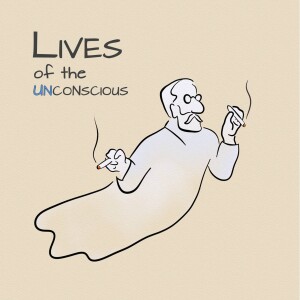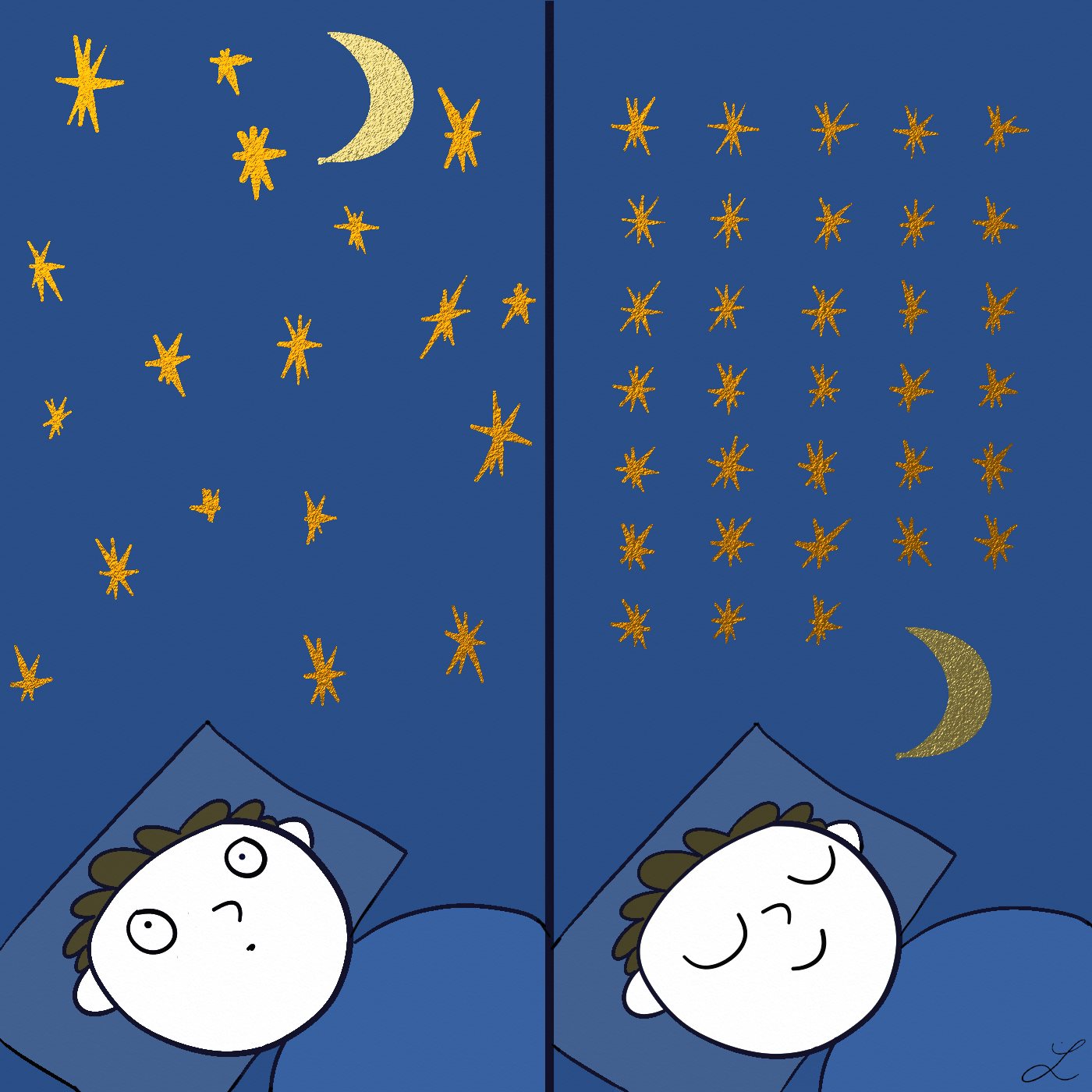
Lives of the Unconscious. A Podcast on Psychoanalysis and Psychotherapy
Health & Fitness:Mental Health

Episode 15: Compulsion, Obsessiveness, and Obsessive-Compulsive Disorders
 2021-06-18
2021-06-18
Summary: Everyone has their rituals that they insist upon observing more or less fastidiously and, if interrupted, would react to sensitively. From adhering to a particular daily routine, say, before an important exam or a date to athletes who cross themselves, put on their lucky socks, or perform some other ritual before competing. Among the so-called obsessive-compulsive disorders there is a set of symptoms that those afflicted must follow by virtue of some inner compulsion, even when they do not want to—and which massively interferes with their ability to enjoy and cope with life, whereby there is no sharp distinction between normal and pathological compulsiveness. Contemporary psychodynamic conceptions have worked out various aspects of obsessive-compulsive disorders and the psychological function they fulfil.
Visit our website: www.psy-cast.org or our youtube-channel: https://www.youtube.com/c/LivesoftheUnconscious
Join our newsletter: Write a mail with the subject "Newsletter registration" to Lives@psy-cast.org
Support us on Patreon and get the scripts to the episodes: www.patreon.com/lives
Donation via Paypal
Literature Recommendations:
- Abraham, K (1921). Contributions to the theory of the anal character. In: Stein, D.J, Stone, M. H. (Ed) (1997). Essential papers on obsessive-compulsive disorders. New York: New York University Press.
- Cela, J.A. (1995): A classical case of severe obsessive compulsive defense. Modern Psychoanalysis 20, 271–277.
- Cooper, S. (2000): Obsessional thinking – A defense against loss. Brit J Psychother 16, 412–423.
- Esman, A.E. (2001): Obsessive-compulsive disorder: Current views. Psy-choanal Inq 21, 145–156.
- Freud, S. (1909). Notes upon a case of obsessional neurosis. Standard Edition (Vol. 10, pp. 155–318). London: Hogarth.
- Gabbard, G. (2001): Psychoanalytically informed approaches to the treat-ment of obsessive-compulsive disorder. Psychoanal Inq 21, 208-221.
- Lang, Hermann (2015). Der gehemmte Rebell. Struktur, Psychodynamik und Therapie von Menschen mit Zwangsstörungen [the inhibited rebel. Structure, psychodynamics and therapy of obsessive-compulsive disorders] Stuttgart: Klett-Cotta.
- Leichsenring, F. & Steinert, C. (2016): Psychodynamic therapy of obsessive-compulsive disorder: Principles of a manual-guided approach. World Psy-chiatry 15, 293–294.
- Leuzinger-Bohleber, M. (2001): The »Medea fantasy«: An unconscious determinant of psychogenic sterility. Int J Psychoanal 82, 323–345.
- Leuzinger-Bohleber, M., Kallenbach, L., Asseburg, L., Lebiger-Vogel, J., & Rickmeyer, C. (2017). Psychoanalytische Fokaltherapien für Patienten mit Zwangsstörungen? [Focal psychoanalytic therapies for patients with compulsive disorders?]. Psyche, 71(8), 704–732.
- Stein, D. (1997). Essential Papers on Obsessive-Compulsive Disorder. New York: UP.
- Thompson, J.M., Baxter, L.R. & Schwartz, J.M. (1992): Freud, obsessive-compulsive disorder and neurobiology. Psychoanalysis and Contemporary Thought 15, 483–505.
- Weiß, Heinz (2013). The explosion of present and the encapsulation of time. Transference phenomena in the analysis of a psychotic patient. International Journal of Psychoanalysis, 94, 1057–1075.
- Weissman, P. (1954): Ego & superego in obsessional character neurosis. Psychoanal Quart 23, 529–543.
More Episodes
 2022-06-13
2022-06-13
 2022-01-23
2022-01-23
Create your
podcast in
minutes
- Full-featured podcast site
- Unlimited storage and bandwidth
- Comprehensive podcast stats
- Distribute to Apple Podcasts, Spotify, and more
- Make money with your podcast
It is Free
- Privacy Policy
- Cookie Policy
- Terms of Use
- Consent Preferences
- Copyright © 2015-2024 Podbean.com




